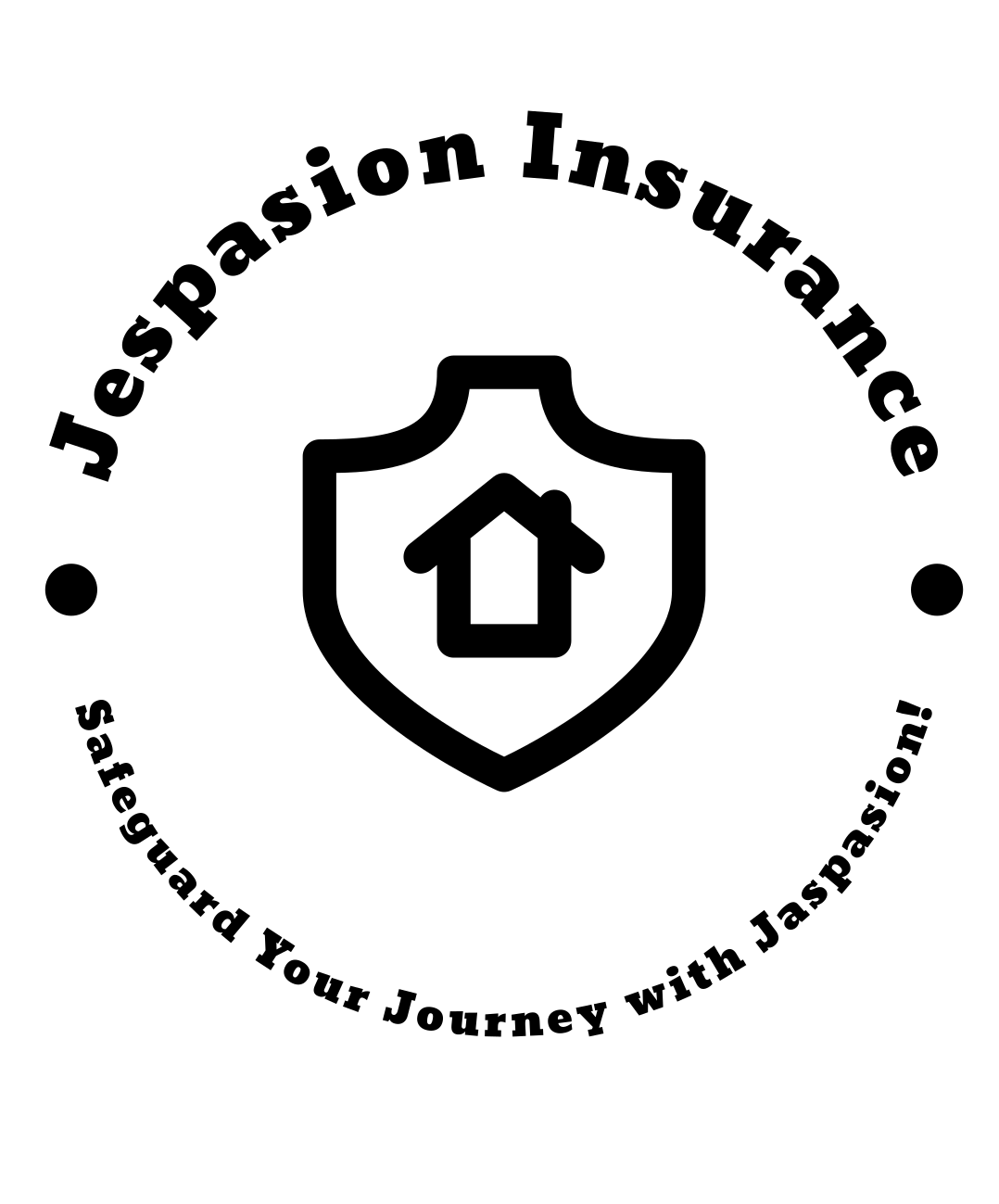Viajespasion.com– The Ultimate Guide to Auto Insurance in Utah. In Utah, having auto insurance is not only the law, it’s also a good idea for your wallet and your peace of mind. No matter how long you’ve lived in the Beehive State or how new you are, you need to know everything there is to know about car insurance. This complete guide will teach you everything you need to know about Utah auto insurance, from the basics to the most advanced ways to get the best coverage.
Understanding Auto Insurance Basics
What is Auto Insurance?
Auto insurance is a deal between you and an insurance company that keeps you from losing money if your car is stolen or in an accident. For the money you pay each month, the insurance company promises to pay for your damages as described in your policy.
Types of Auto Insurance Coverage
In Utah, there are several types of auto insurance coverage available:
- Liability Coverage: This is the most basic type of auto insurance and is required by law in Utah. It covers bodily injury and property damage that you cause to others in an accident.
- Collision Coverage: This covers damage to your car resulting from a collision with another vehicle or object.
- Comprehensive Coverage: This covers damage to your car from non-collision incidents such as theft, fire, or natural disasters.
- Personal Injury Protection (PIP): Also known as no-fault insurance, PIP covers medical expenses and lost wages for you and your passengers, regardless of who is at fault in an accident.
- Uninsured/Underinsured Motorist Coverage: This protects you if you are involved in an accident with a driver who does not have sufficient insurance.
Legal Requirements in Utah
In Utah, drivers are required to have at least the following minimum coverage:
- $25,000 for bodily injury per person
- $65,000 for bodily injury per accident
- $15,000 for property damage
- $3,000 for Personal Injury Protection (PIP)
Failure to carry the minimum required insurance can result in fines, license suspension, and other penalties.
Finding the Right Auto Insurance Policy
Assessing Your Needs
The first step in finding the right auto insurance policy is assessing your needs. Consider the following factors:
- Vehicle Value: The value of your car will impact the amount of coverage you need. More expensive cars typically require higher coverage limits.
- Driving Habits: If you drive frequently or have a long commute, you may need more comprehensive coverage.
- Financial Situation: Your ability to pay for premiums and out-of-pocket expenses will also influence your choice of coverage.
Comparing Quotes
Shopping around and comparing quotes from different insurance providers is crucial. Consider using online comparison tools or working with an insurance agent to get the best rates.
Understanding Policy Terms
Make sure you understand the terms of any policy you are considering. Pay attention to details such as:
- Deductibles: The amount you need to pay out of pocket before your insurance coverage kicks in.
- Coverage Limits: The maximum amount your insurance company will pay for a covered loss.
- Exclusions: Specific situations or circumstances that are not covered by your policy.
Tips for Lowering Your Auto Insurance Premiums
Maintain a Clean Driving Record
Keeping your driving record clean is one of the best ways to lower your car insurance rates. Staying out of crashes and traffic tickets can help you get lower rates.
Take Advantage of Discounts
Many insurance companies offer discounts for various reasons, such as:
- Good Driver Discounts: For drivers with a clean driving record.
- Multi-Policy Discounts: For bundling auto insurance with other types of insurance, such as home or renters insurance.
- Good Student Discounts: For students with good grades.
- Low Mileage Discounts: For drivers who do not drive frequently.
Increase Your Deductible
Your rate may go down if you raise your deductible, but make sure you can pay the higher costs out of pocket if you need to make a claim.
Improve Your Credit Score
When it comes to Utah car insurance rates, your credit score can make a difference. Many other states do too. You might be able to get lower rates if you raise your credit score.
What to Do After an Accident
Immediate Steps
If you are involved in an accident, take the following immediate steps:
- Ensure Safety: Check for injuries and call 911 if necessary.
- Move to Safety: If possible, move your vehicle to a safe location out of traffic.
- Exchange Information: Exchange contact and insurance information with the other driver(s) involved.
- Document the Scene: Take photos of the accident scene, including damage to all vehicles and any relevant road conditions or signs.
Filing a Claim
When filing an auto insurance claim, follow these steps:
- Contact Your Insurance Company: Notify your insurance company as soon as possible after the accident.
- Provide Documentation: Submit any required documentation, such as the police report, photos of the accident scene, and medical bills.
- Work with an Adjuster: Your insurance company will assign an adjuster to evaluate the damage and determine the payout amount.
- Repair Your Vehicle: Once your claim is approved, you can proceed with repairs to your vehicle.
Understanding the Claims Process
If you know how the claims process works, you can get through it more easily. If you have any questions, make sure to ask your insurance company. Also, keep careful records of all the conversations and actions that happen during your claim.
Special Considerations for Utah Drivers
Weather Conditions
Utah is known for its diverse weather conditions, which can impact driving. From heavy snow in the winter to intense heat in the summer, it is important to be prepared for various weather-related challenges.
- Winter Driving: Ensure your vehicle is equipped with snow tires or chains and practice safe driving techniques on icy roads.
- Summer Driving: Keep an eye on your vehicle’s coolant levels and tire pressure, as high temperatures can affect both.
Rural vs. Urban Driving
Driving in rural areas can be vastly different from driving in urban areas. In rural areas, you may encounter:
- Wildlife: Be cautious of animals crossing the road, especially at dawn and dusk.
- Poor Road Conditions: Be prepared for unpaved or poorly maintained roads.
- Limited Services: Gas stations and repair shops may be few and far between.
In urban areas, you may face:
- Heavy Traffic: Be prepared for congestion and plan your routes accordingly.
- Parking Challenges: Finding parking can be difficult, so familiarize yourself with parking regulations and options in your area.
Common Myths About Auto Insurance
“Red Cars Cost More to Insure”
People often think that red cars cost more to cover. The truth is that the color of your car doesn’t affect how much your insurance costs. The things that matter are things like the brand, type, and age of your car.
“Older Cars Do Not Need Comprehensive Coverage”
There are people who think that older cars don’t need full safety. Even though older cars may not be worth as much, having full coverage can still be helpful if you want to protect yourself from theft, crime, or natural disasters.
“Your Credit Score Does Not Affect Your Rates”
As was already said, your credit score can affect how much your car insurance costs. Credit-based insurance scores are often used by insurance companies to help figure out how much to charge you.
“Your Insurance Will Cover Any Driver”
A lot of people think that their car insurance covers everyone who uses their car. But coverage can be different based on your insurance. Some policies only cover drivers who are mentioned on the policy, while others might cover drivers who only drive sometimes.
Conclusion
It’s important to know about Utah auto insurance in order to protect yourself and your car. You can make smart choices about your car insurance policy if you know about the different types of coverage, the laws that apply to you, and how to lower your premiums. Don’t forget that the goal is to get an insurance that protects you well at a price you can afford. Have a safe trip!

